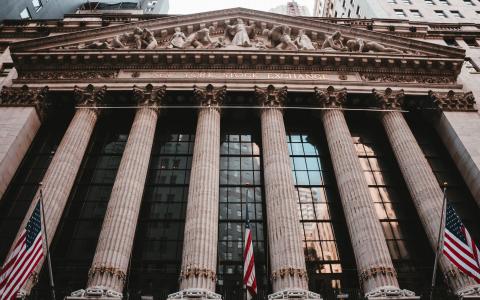
While we are nowhere near out of the woods with COVID-19, there is growing chatter on Wall Street about how to invest once the virus leaves us (hopefully sooner than later). Christopher Smart, chief global strategist and head of the Barings Investment Institute, tells his clients they need to answer three questions before proceeding:
“Is COVID-19 over? (Yes). Will next year be ‘normal’ (Yes), and What’s the best way to play the next cycle?” Navigate secular trends that the pandemic has speeded up — technology that will reshape business, rising concern for climate change, and new patterns of living, says Smart.
Echoing those sentiments, our call of the day from AB Bernstein lays out where investors should position themselves over the next three to five years.
“We think that long-run equity sector positioning has to be assessed across several dimensions, some of which are linked to the macro policy outlook and some to how demands of investors will change post COVID,” says a team of strategists led by Inigo Fraser Jenkins.
Bernstein says sector performance will be shaped by the following: real rates staying low or negative for a long time; strategic policy shifts on tax, buybacks and labor bargaining power; valuation spreads that are extreme levels and changing demands of investors as they face post-pandemic challenges; and growing interest in ESG investing (Environmental, Social and Governance).
As for where to invest, here are the team’s top ideas:
- Overweight on technology, health care and growth consumer cyclicals, such as e-commerce, digital advertising and cloud-based companies
- Overweight on consumer staples as they offer a sustainable income stream. They suggest U.S. food producers like McCormick MKC, 0.65% and Mondelez MDLZ, 0.79%, but avoid those in the processed food department like Kellogg K, -1.63% and Campbell Soup CPB, 0.79%.
- Selective overweight on consumer and industrial cyclicals — look for companies that are undervalued and can avoid bankruptcy. Those could be airlines, hotels or automation names.
- Energy and mining — selective overweights on stocks for investors who think inflationary effects of policy response to COVID will bring inflation sooner rather than later.
- Banks — stay underweight as a flat yield curve will keep outperformance flat and a bankruptcy cycle still needs to play out.
- Real estate — stay underweight as some parts of the sector face big headwinds and real-estate investment trusts also see a correlation with equities that rises with inflation. Exposure to central city offices and retail malls unattractive post-COVID.
This article originally appeared on MarketWatch.



